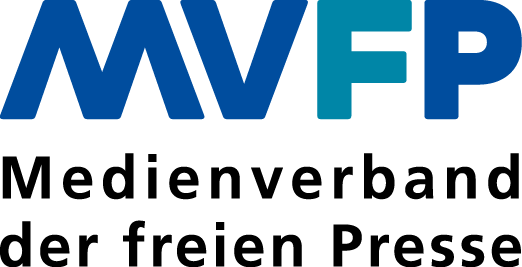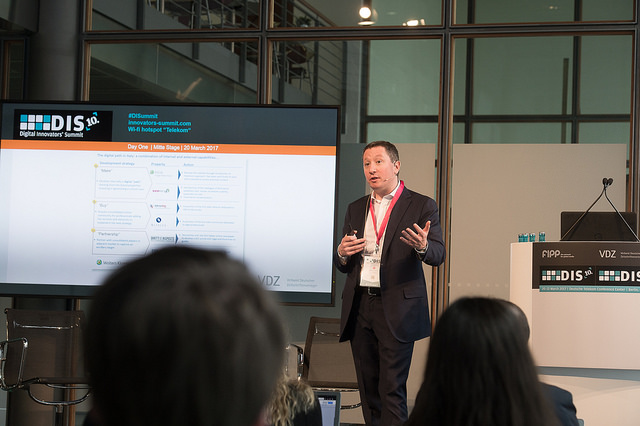How Wolters Kluwer reaches the right audience
Day one of DIS 2017 saw Sergio Liscia, Digital and Business Development Director at Wolters Kluwer, Italy, take to the stage to discuss the company’s approach to identifying and reaching the right audience, converting visitors to registered users, and converting audiences into sales for digital projects.
Wolters Kluwer is a global company operating in 40 countries, providing information, software, and services. It enables healthcare, tax, finance, legal and regulatory professionals to be more effective and efficient, and provides information, software, and services that deliver vital insights, intelligent tools, and the guidance of subject-matter experts. Wolters Kluwer 2015 revenues topped EUR 4.2 Million in 2015.
Sergio began his presentation by identifying three pillars of success: buy, make, partner - and used Italy as an example. Wolters Kluwer acquired IPSOA, an Italian website behind a paywall, and also ALTALEX, the biggest website for legal professionals. They then built upon this to create the largest network of professionals in Italy - covering a great many sectors. “This large aggregated audience gives us a big advantage,” Sergio said.
Turning "suspects" into "prospects"
Matching consumers with professionals (B2C), they now have more than 700,000 registered users. "We have in mind: where do we want to route this audience? We want to point them in a certain direction," said Sergio."We had the numbers, the audience - but converting them was not as satisfactory as we wanted." One example he cited was that people felt they were receiving too many emails.
So the team at Wolters Kluwer started to look closely at users' interactions, and tried to attract the right people for the right content, at the right time. "We started to change the content. We want them to read the content which leads to a conversion - so we try to place the audience close to the service we are selling from the beginning," Sergio added. "We want to catch 'suspects' (non-registered) and turn them into 'prospects' (registered users)."
They took the approach of identifying trending topics among certain professions, and then selecting threads based on that. "But," Sergio advises, "content is not enough for conversions." The power of data and algorithms is noteworthy, as you can monitor people on past behaviour.
At the end of his presentation, Sergio emphasised the importance of identifying behaviours that are similar to your target group. What are they buying, reading, watching? And the importance of the customer journey, and a personalised experience for the user, cannot be overstated.





